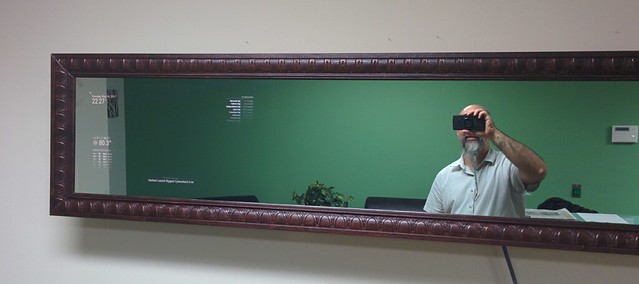IIRC, @michmich looked into offering this as a commercial product and he ran into patent and licensing problems. The laws of your country may vary, but the short version is you can’t offer a magic mirror as a commercial product without involving lawyers and giving the patent holders some sort of payment.
You may be able to make one for your friends as a favor, with them picking up the expense of the materials. But you won’t be able to turn this into a business without careful and professional legal advice.

